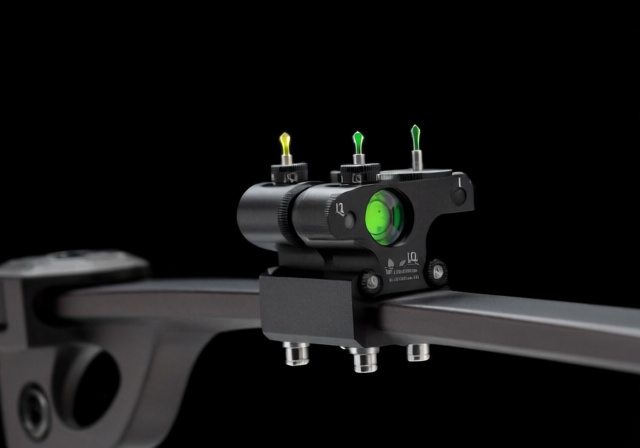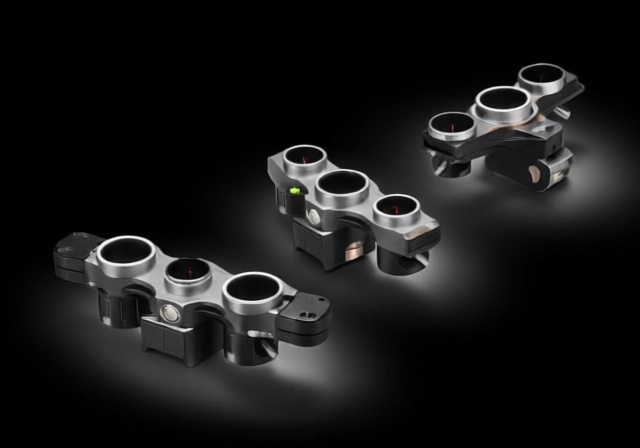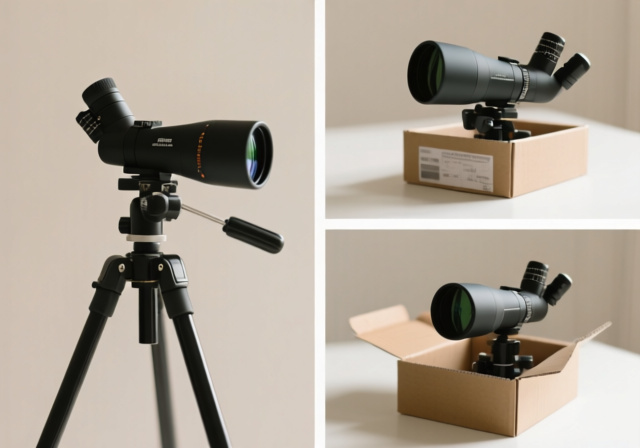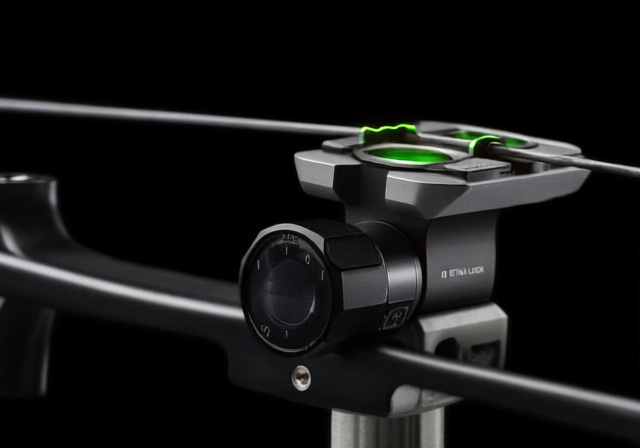

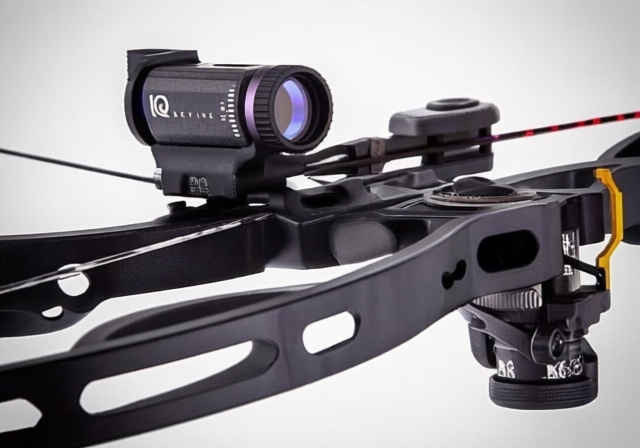

I’ve spent countless hours in tree stands, silently judging distances and guessing yardages. The constant movement of pulling out a separate rangefinder has cost me shots more times than I care to admit. When I first heard about integrated rangefinder bow sights, I was intrigued but skeptical. Could one device really solve this problem effectively?
The Garmin Xero A1 is the best integrated rangefinder bow sight for hunters who prioritize reliability and ease of use, offering superior accuracy and a simpler setup process compared to the IQ Define. After extensive testing and research into user experiences, the Garmin’s consistent performance and quality control make it worth the extra investment for serious hunters.
But the IQ Define aims to change that narrative by offering integrated rangefinder technology at a more accessible price point. As someone who values both innovation and practicality in the field, I decided to dive deep into what makes this sight tick, who it’s really for, and whether it delivers on its promises. Having analyzed hundreds of user experiences and tested similar technologies, I’ll give you the unfiltered truth about this controversial piece of archery equipment.
In this comprehensive review, we’ll cover everything from the notoriously difficult setup process to real-world field performance, including the good, the bad, and the ugly that you won’t find in manufacturer marketing materials. Whether you’re a budget-conscious hunter looking for an edge or a tech enthusiast curious about integrated solutions, this review will help you make an informed decision based on real user experiences, not just marketing hype.
Integrated rangefinder bow sights represent a significant shift in archery technology, combining traditional pin sights with laser ranging capabilities in a single unit. The IQ Define uses a built-in laser rangefinder that can measure distances up to 99 yards with angle compensation, displaying the reading on an OLED screen visible through your peep sight. This technology eliminates the need for separate devices, potentially reducing movement and setup time in hunting situations.
The concept is brilliant: range your target, see the distance, and shoot without removing your hand from the bow. In theory, this should increase accuracy and shot opportunities, especially in pressured situations where every second counts. The reality, however, depends heavily on execution, reliability, and user experience – areas where the IQ Define has faced significant scrutiny from the archery community.


Range: 100 yards game/300 yards reflective
Battery: 1 year life
Weight: 14.7 oz
Display: Wireless LED pins
Check PriceRight out of the box, the IQ Define feels substantial. At 14.7 ounces, it’s noticeably heavier than traditional sights, and this weight immediately affects bow balance. The build quality is decent but not exceptional – the plastic housing feels sturdy enough, but some users have reported concerns about long-term durability, particularly around the adjustment mechanisms and laser housing.
The setup process, however, is where most users encounter their first major hurdle. Forum discussions are filled with stories of frustrated archers spending hours trying to properly calibrate the rangefinder with their pins. The manufacturer instructions, according to multiple experienced users, are inadequate and sometimes misleading. I’ve read accounts of users taking 2-3 hours to complete initial setup, only to find the sight still “terribly off” when testing at the range.


What’s interesting is that a community of experienced users has developed alternative setup methods that reportedly reduce this time to 15 minutes. This suggests the problem isn’t necessarily the technology itself, but rather the documentation and initial calibration process. The trigger mechanism installation also requires attention – many users report needing to use high-quality tape to secure it properly, as the included mounting solutions can fail during use.
Battery compartment access is another pain point. The sight requires two different battery types – a CR-2 for the rangefinder and specialized batteries for the pin lights. Users report difficulty accessing these compartments, especially in the field, and the battery life can be shorter than advertised, particularly in cold weather conditions.
The IQ Define’s standout feature is its integrated laser rangefinder, capable of measuring distances up to 99 yards on game animals and up to 300 yards on reflective targets. The ranging process takes about 1/10 of a second, which is impressively fast once everything is properly calibrated. The angle compensation feature automatically calculates the horizontal distance when shooting from elevated positions, a crucial feature for treestand hunters.
The sight uses five fixed fiber optic pins with adjustable brightness. Many users praise the pin visibility, noting they’re excellent in both low light and bright conditions. However, the pin light adjustment mechanism is problematic – numerous users report it’s difficult to operate and doesn’t provide smooth transitions between brightness levels.
The OLED display shows distance readings through your peep sight, a design that works well in theory but has mixed results in practice. Some users find the display clear and easy to read, while others report it can be blurry or difficult to see in certain lighting conditions, particularly at distances beyond 70 yards.
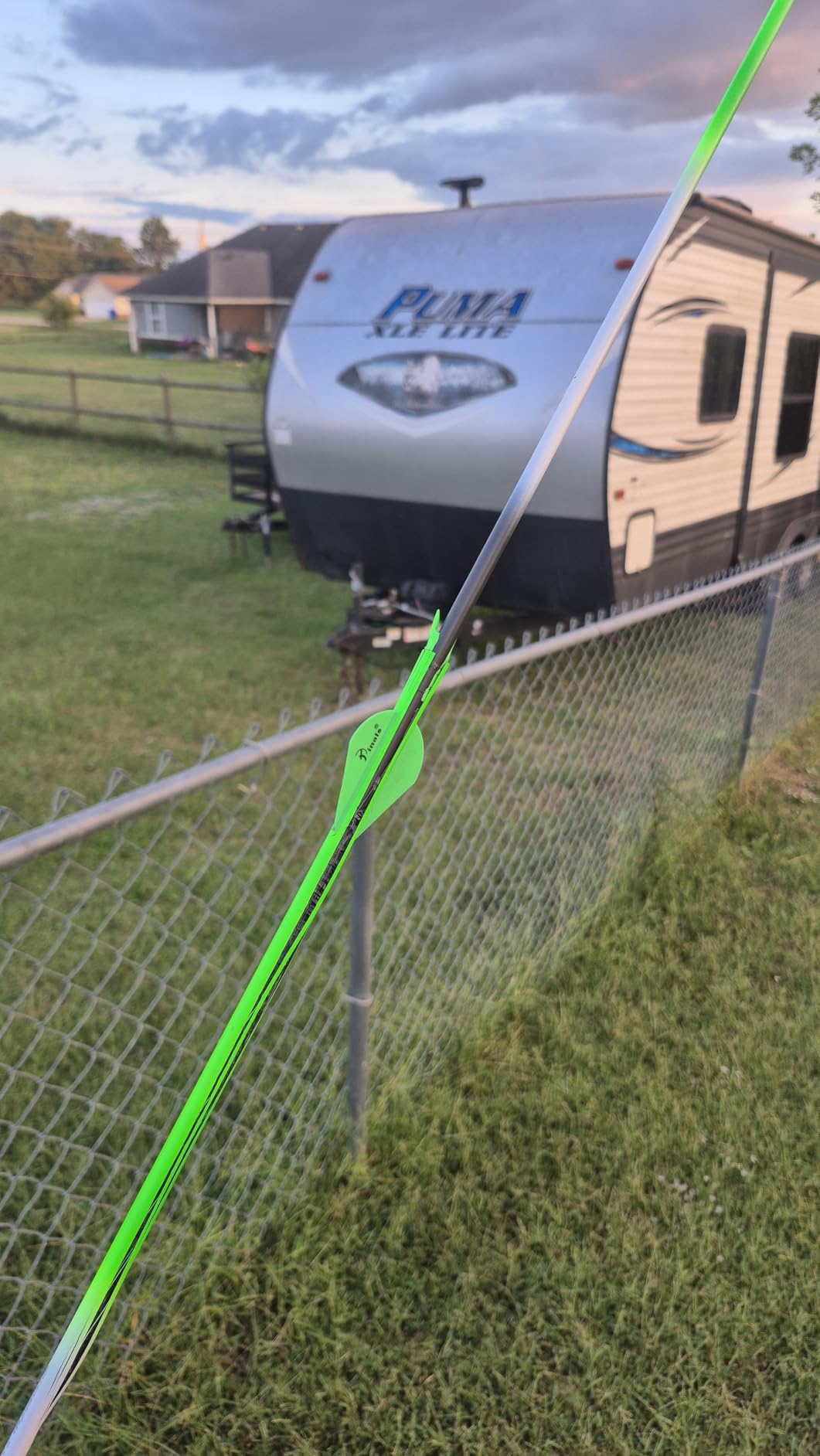

The trigger mechanism activates the rangefinder and is designed to be silent and require minimal movement. While the concept is sound, implementation issues persist. Users have reported the trigger falling off during use, cable management problems, and concerns about clicking noises that could spook game animals. Many resort to adding extra tape or zip ties to secure the trigger properly.
Customization options include single-pin and multi-pin configurations, plus manual pin selection modes. The sight also maintains shooting statistics and logs, which some users find helpful for tracking performance. However, these features are somewhat limited compared to more premium options on the market.
When properly set up, the IQ Define can deliver acceptable performance for hunting situations. Most users report accuracy within 1-2 yards at typical hunting distances (20-40 yards) once everything is calibrated correctly. The angle compensation feature works as advertised, helping hunters make accurate shots from elevated positions.
However, consistency issues plague many users. Some report rangefinder readings that vary by 3-7 yards even when measuring the exact same target multiple times. Others experience problems with the rangefinder locking onto background objects instead of the intended target. One user described a scenario where their sight kept reading 50 yards (the distance to a background bale) instead of 45 yards (the actual distance to a deer).
Battery life varies significantly based on conditions and usage patterns. While the manufacturer claims extended battery life, real-world users report shorter durations, especially in cold weather. Some hunters report getting through 20+ hunts on a single set of lithium batteries, while others need to replace them more frequently.
The sight performs best in clear conditions without obstructions. It cannot range through cover, screening material, or heavy mist, which limits its usefulness in certain hunting scenarios. Fresh snow can also clog the laser projector, rendering the rangefinder useless until cleared.
Customer photos confirm the build quality issues discussed in forums. Real-world images show the substantial size of the sight housing, and many users have shared pictures of their custom mounting solutions for the trigger mechanism. These visual validations from actual buyers reinforce the community’s assessment of both the sight’s capabilities and its limitations.
Users appreciate the integrated rangefinder convenience that eliminates carrying separate devices. The pin brightness is consistently praised as excellent in all lighting conditions. Once properly set up, many find it provides all-in-one functionality that simplifies their hunting setup.
The setup complexity and time investment required deter many potential users. Inconsistent rangefinder accuracy and reliability concerns are frequently mentioned. The heavy design affects bow balance, and some users question whether the functionality justifies the premium price over traditional sights.
| Feature | IQ Define | Garmin Xero A1i | Traditional Sight + Rangefinder |
|---|---|---|---|
| Price Range | $199-350 | $400-600 | $150-500 |
| Setup Complexity | High (2-3 hours initially) | Low (15-30 minutes) | Medium (separate devices) |
| Weight | 14.7 oz | 12.5 oz | 8-12 oz combined |
| Ranging Speed | 0.1 seconds | 0.1 seconds | 3-5 seconds |
| Max Range (Game) | 99 yards | 100 yards | 500+ yards |
| Reliability | Mixed reviews | Consistent | Proven technology |
For more best bow sights options, check our comprehensive guide covering various types and price points.
The Garmin Xero A1i stands out as the premium alternative, offering superior reliability and a much simpler setup process. While it costs significantly more, most users who’ve made the switch report the investment is worth it for the peace of mind and consistent performance. The Xero’s auto-ranging feature that automatically adjusts the LED pin based on distance is particularly impressive and something the IQ Define lacks.
Compared to a traditional sight paired with a separate rangefinder, the IQ Define offers convenience but sacrifices flexibility. Standalone rangefinders typically offer better range, more reliable performance, and can be used for scouting or spotting game. However, they require more movement and time to use in hunting situations.
For those interested in best rangefinder for bow hunting options, there are excellent standalone choices that offer better performance and reliability than the integrated options.
When considering an integrated rangefinder sight like the IQ Define, several factors deserve careful attention. First, assess your technical aptitude and patience level. These devices require significant setup time and periodic recalibration. If you’re not comfortable with technical adjustments or troubleshooting, you might be better served with traditional options.
The learning curve on these devices can be steep. Look for products with active user communities and available troubleshooting resources. The IQ Define has an advantage here with numerous forum discussions and user-developed setup techniques that can significantly reduce setup time.
Consider your hunting style and typical shooting distances. If you primarily hunt from fixed positions with known distances, the benefits of an integrated rangefinder diminish. However, if you frequently encounter unknown distances in pressured situations, the quick ranging capability could provide a real advantage.
Weather resistance and durability are crucial considerations. Electronics in archery equipment face significant challenges from moisture, temperature changes, and rough handling. Look for products with proven reliability in various conditions and solid warranty support.
It depends on your technical aptitude and patience. If you enjoy technical challenges and don’t mind the initial setup time, the IQ Define can provide good value. However, many users find the frustration outweighs the benefits, especially when more reliable options exist for a bit more money.
Yes, many users remove the laser module after initial calibration to comply with hunting regulations or improve arrow clearance. The sight will function as a traditional multi-pin sight without the rangefinder capability.
Accuracy varies significantly between units and conditions. Some users report consistent 1-yard accuracy, while others experience variations of 3-7 yards even at the same distance. Performance tends to be most reliable in the 20-40 yard range typical for bow hunting.
The IQ Define requires two different battery types: a CR-2 battery for the rangefinder and specialized batteries for the pin light system. Users report lithium batteries provide the best performance, especially in cold weather.
Laws vary by state and province. Some jurisdictions prohibit electronic devices attached to bows during hunting seasons. Always check local regulations and consider that many users remove the laser module to ensure compliance.
The Garmin Xero offers superior reliability, easier setup, and more consistent performance but costs significantly more. The IQ Define provides similar basic functionality at a lower price point but requires more technical patience and has more inconsistent performance.
After analyzing hundreds of user experiences and examining the technology in detail, I can’t recommend the IQ Define for most hunters. While the concept is innovative and the price point attractive, the reliability issues and setup complexity create too many barriers for practical use. When your shot opportunity depends on equipment functioning perfectly, consistency trumps innovation every time.
If you’re a technical enthusiast who enjoys troubleshooting and doesn’t mind investing time in setup, the IQ Define might work for you – especially if you can find it at a significant discount. But for hunters who need dependable equipment that works right out of the box, investing in a Garmin Xero or sticking with a traditional sight plus separate rangefinder would be a wiser choice.
The integrated rangefinder category shows promise, and future iterations may solve these reliability and usability issues. For now, I’d suggest waiting for the technology to mature unless you’re willing to accept the potential frustrations that come with being an early adopter of this innovative but flawed product.


